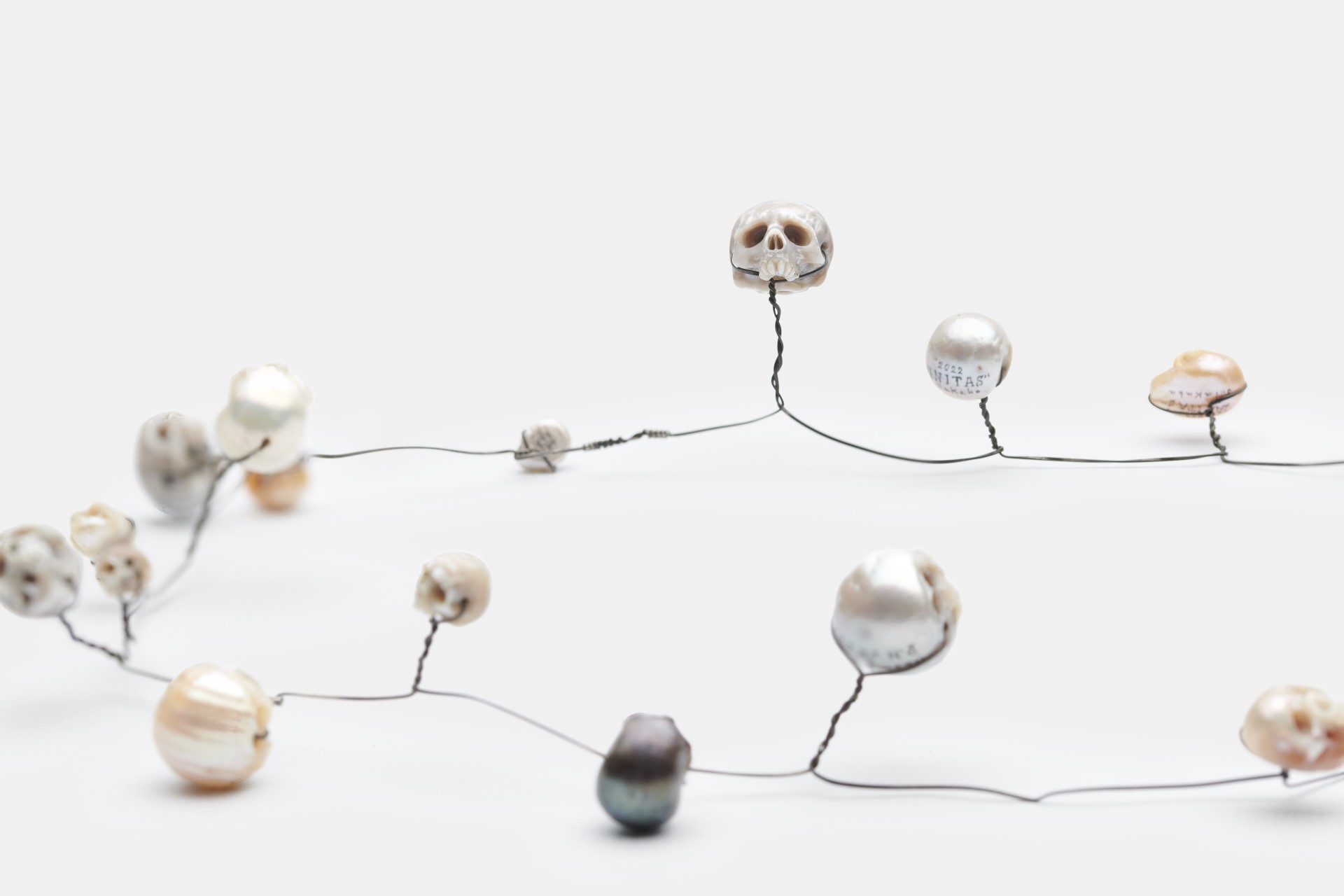Memento and memorial

Jewellery is frequently associated with strong emotions. It often recalls a specific person – friends or loved ones, family members or the deceased. The sentimental significance of jewellery was most pronounced between the seventeenth and nineteenth centuries.
Even in antiquity, jewellery had a special function in connection with death, mourning and commemoration. Nonetheless, a distinct type of jewellery that addressed these themes would not be developed until the late Middle Ages. In the seventeenth century, motifs such as the death’s head did not commemorate specific bereavements but served as reminders of the individual’s own mortality. In the eighteenth century, jewellery with miniature scenes resembling mood paintings and inscriptions commemorated the deceased person.
The Enlightenment had ensured that people had more freedom to choose their social environment. A cult of friendship developed, which was at its height in the Biedermeier era and expressed in sentimental jewellery such as friendship and love rings, portrait miniatures and medallions, as well as lockets in which personal mementos could be kept.
Unlike memorial jewellery, which was steeped in memories of a particular person, black mourning jewellery was worn only during the period of mourning. This trend originated in England in the nineteenth century, and from there spread throughout Europe, but it did not survive the turn of the century in any country.
